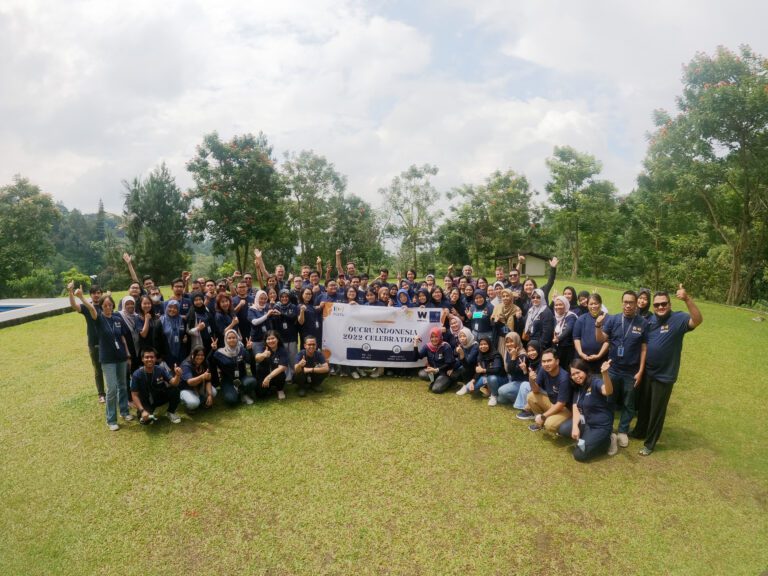WHO released its latest Global Antimicrobial Resistance and Use Surveillance (GLASS) Report last week, with new findings on antimicrobial resistance (AMR) around the world. The 2025 report draws on data from 104 countries and presents the most complete and up-to-date global picture of AMR to date.
GLASS is a global system for tracking how pathogens respond to antibiotics and how countries are strengthening their surveillance of resistance.
Here are the highlights from the 2025 GLASS report:
1. Global surveillance is improving
104 countries reported AMR data in 2023, up from just 25 in 2016. But data remain largely missing from the Americas, Western Pacific, and parts of Africa.2. Resistance remains widespread
Around one in six bacterial infections worldwide are resistant to antibiotics, with the highest rates in South-East Asia and the Eastern Mediterranean regions.3. Critical gram-negative bacteria are growing more resistant
Common Gram-negative bacteria like E. coli, K. pneumoniae, and Acinetobacter spp. are becoming harder to treat, even with the strongest antibiotics like carbapenems. These pathogens often cause pneumonia, sepsis, and urinary tract infections.4. Low- and middle-income countries bear the heaviest burden
Resistance is highest where health systems and diagnostic capacity are weakest. This creates a vicious cycle: limited testing allows resistance to spread, while rising resistance makes infections harder to treat, especially in places with already limited resources.5. Safer antibiotic use still below target
First-line antibiotics account for only about half of global use, well short of WHO’s goal of 70% by 2030. Other types of antibiotics should ideally be reserved as a last-resort.
OUCRU’s Contribution to the Report
Raph Hamers and Gilbert Lazarus led a team of researchers at OUCRU Indonesia who–together with collaborators from the University of Calgary and WHO–conducted the systematic reviews featured in Chapter 4 of the 2025 GLASS report. These comprehensive reviews of the global scientific literature compared antibiotic resistance data reported in peer-reviewed studies (2018–2023) with findings from WHO’s GLASS surveillance system (2023).

The analysis found that resistance levels reported in the scientific literature were often even higher than those observed in GLASS. This is largely because most published studies come from large hospitals, where the most severe and drug-resistant cases are treated. Despite these differences, the two data sources confirmed the same overall patterns of widespread and rising resistance, especially among Acinetobacter spp., Staphylococcus aureus, and Salmonella spp.
“While GLASS shows the ‘macro’ picture of antimicrobial resistance at national and global levels, the systematic reviews add value by increasing geographical coverage and data granularity, thus identifying regional hotspots that may not appear in the national averages,” explained Gilbert Lazarus, physician-researcher at OUCRU Indonesia.
“Contributing to this important WHO report is part of OUCRU’s commitment to advancing evidence-based research on antimicrobial resistance,” said Raph, Head of the Clinical Infectious Diseases Research Programme at OUCRU Indonesia. “We are proud to work alongside WHO and partners to help strengthen the global evidence base needed for better policy and action.”
OUCRU Indonesia has an active research portfolio on antimicrobial resistance, such as ACORN, NASPA, the PRYSMA trial, and many other projects.






